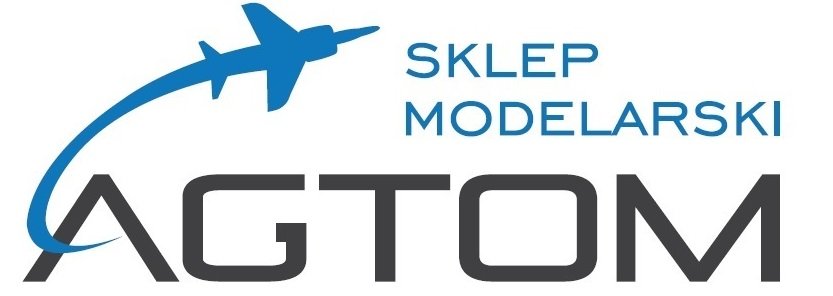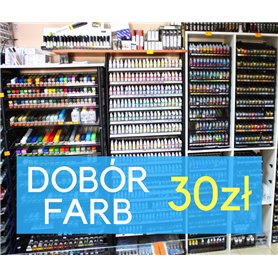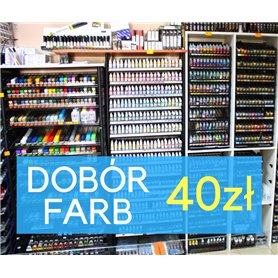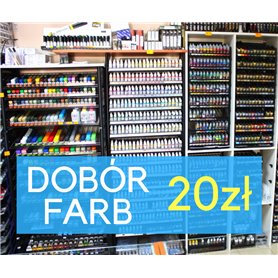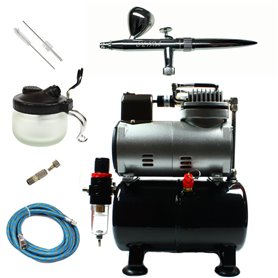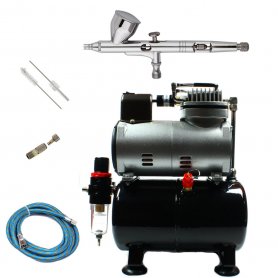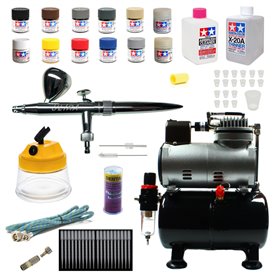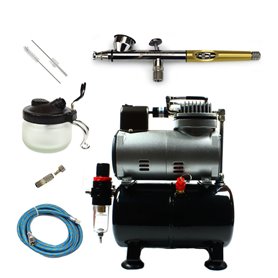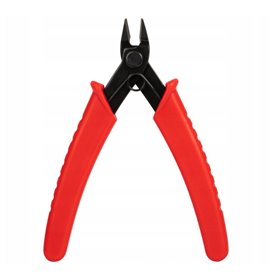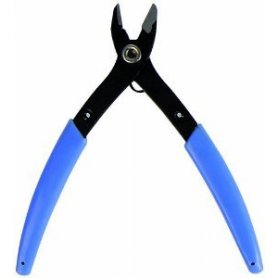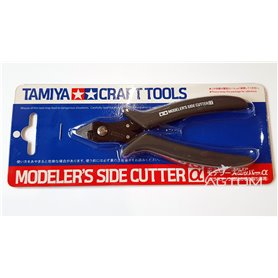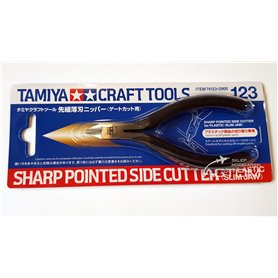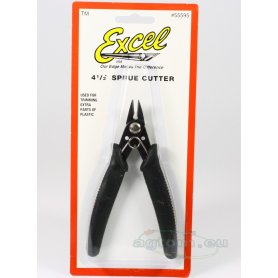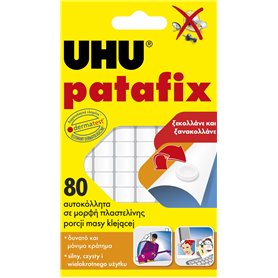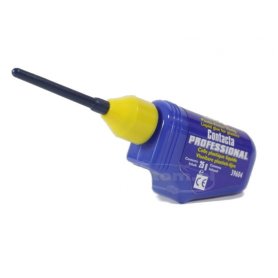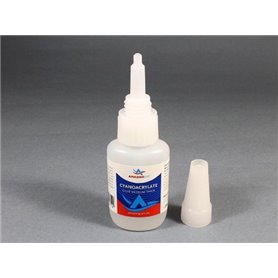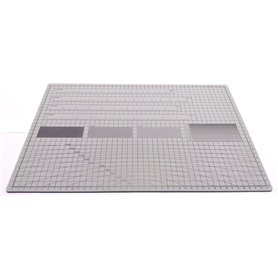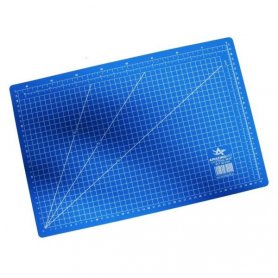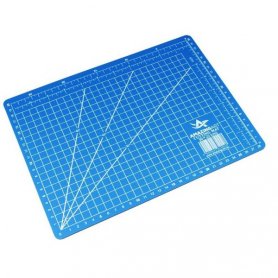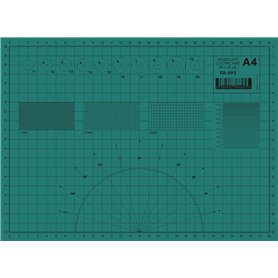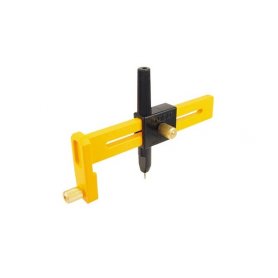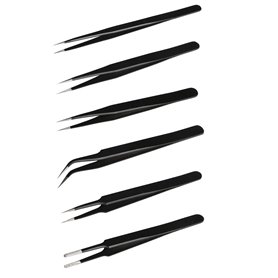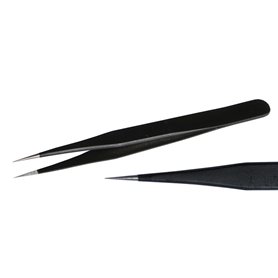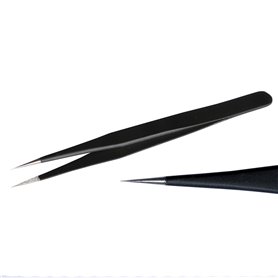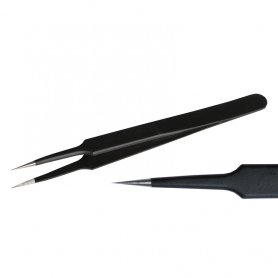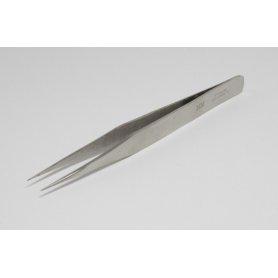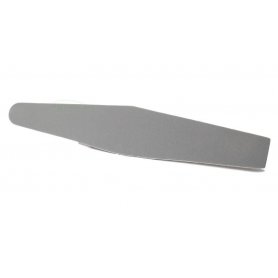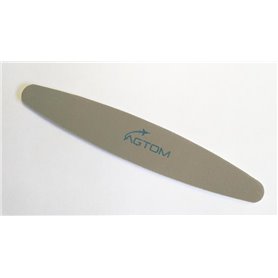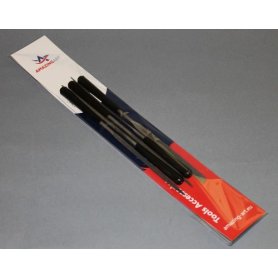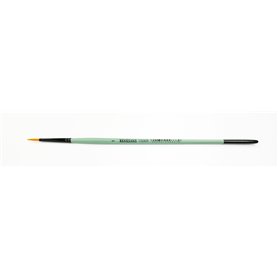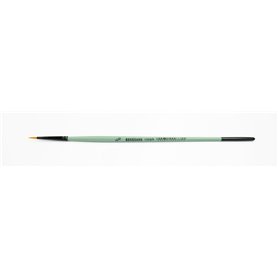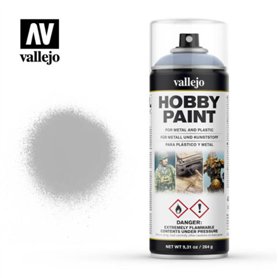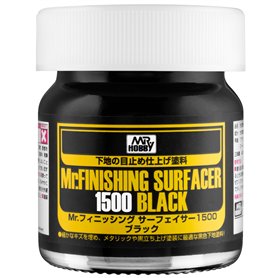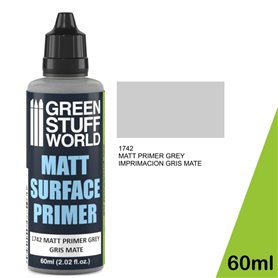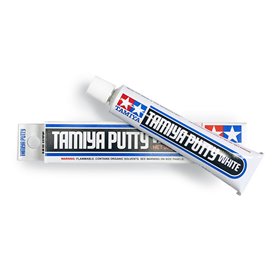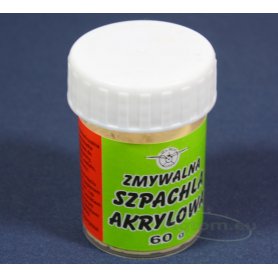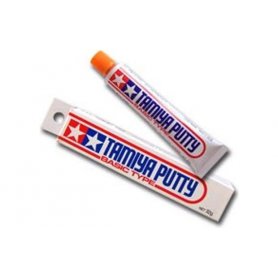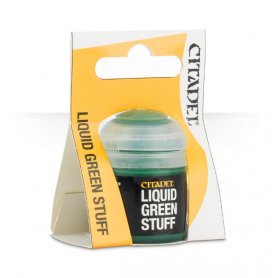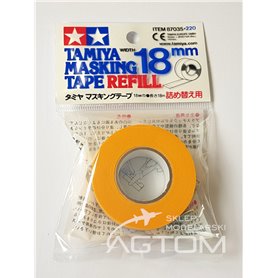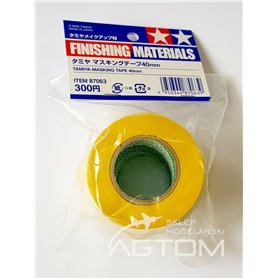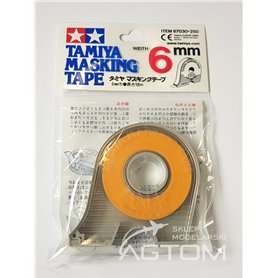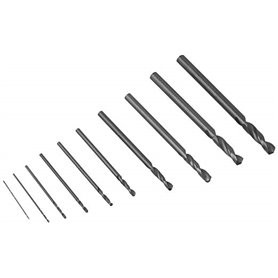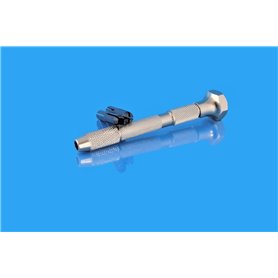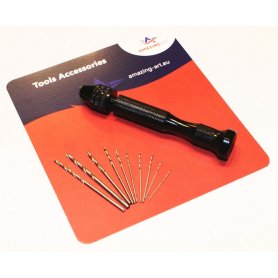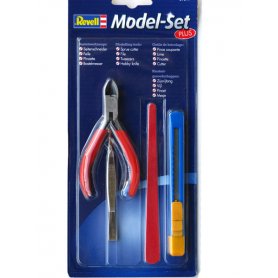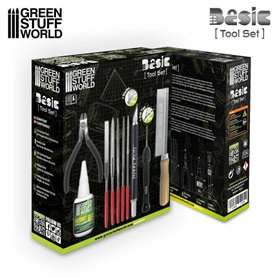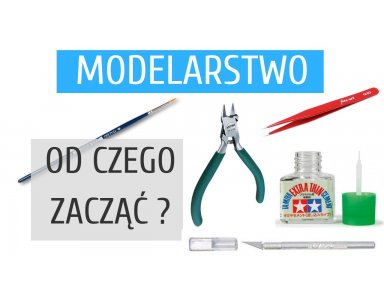Zestaw proponowany przez firmę RUBICON MODELS zawiera plastikowy model do sklejania pojazdu pancernego w skali 1:56.
Elementy plastikowe należy wyciąć z ramek, dopasować oraz skleić zgodnie z dołączoną instrukcją montażu. Po sklejeniu należy pomalować farbkami modelarskimi zgodnie z proponowanym schematem malowania, który znajduje się również w instrukcji. Należy pamiętać, że niektóre elementy wymagają malowania jeszcze przed sklejeniem. Następnie należy nanieść dołączone do zestawu kalkomanie zgodnie z oznaczeniami lub grafikami.
Oferowany zestaw pozwala zbudować miniaturę do gry bitewnej BOLT ACTION.
Zestaw zawiera następujące elementy:
- Instrukcja montażu.
- Ramki plastikowe zawierające części plastikowe.
- Arkusz z kalkomanią.
Zestaw NIE zawiera farb i kleju.
Oto podstawowe narzędzia i materiały potrzebne do wykonania modelu:
- Cążki do wycinania elementów plastikowych.
- Nożyk modelarski.
- Pilnik lub papier ścierny.
- Klej do modeli plastikowych.
- Pędzelek lub aerograf.
- Farby modelarskie.
Jeżeli nie masz pewności jakie akcesoria lub kolory farb wybrać do tego konkretnego modelu napisz do nas, chętnie pomożemy.
Opis producenta:
The Landing Vehicle, Tracked (LVT) is an amphibious warfare vehicle and amphibious landing craft, introduced by the US Navy. LVTs were used by the US Marine Corps, US Army, Canadian, Australian and British armies during WW2.
Originally intended solely as cargo carriers for ship-to-shore operations, they evolved into assault troop and fire support vehicles. The types were known as Amphtrack, “Amtrak”, “Amtrac”, etc. (portmanteaus of “amphibious tractor”), and “alligator” or “gator”.
The LVT has its origins in a civilian rescue vehicle called the Alligator. Developed by Donald Roebling in 1935, the Alligator was intended to operate in swampy areas, inaccessible to both traditional cars and boats. Two years later, Roebling built a redesigned vehicle with improved water speed. The US Marine Corps, which had been developing amphibious warfare doctrine based on the ideas of Lt. Col Earl Hancock “Pete” Ellis and others, became interested in the machine after learning about it through an article in Life magazine and convinced Roebling to design a more seaworthy model for military use.
Roebling completed a militarized prototype by May 1940 and later replaced it with a more powerful engine; the USMC tested the design in November 1940. Impressed by the prototype, 100 units were built using all-steel construction, for a more rugged and easily produced design, and the first LVT-1 was delivered in July 1941. Another 200 units were ordered even before the first production units were delivered. After more improvements to meet requirements of the Navy, the vehicle was adopted as “Landing Vehicle Tracked” or LVT.
The LVT-1 could carry 18 fully equipped men or 4,500 pounds (2,041 kg) of cargo. Originally intended to carry replenishment from ships to shore, they lacked armour protection and their tracks and suspension were unreliable when used on hard terrain. However, the Marines soon recognized the potential of the LVT as an assault vehicle. A battalion of LVTs was ready for the 1st Marine Division by 16 February 1942. LVTs saw their first operational use in Guadalcanal, where they were used exclusively for landing supplies. About 128 LVTs were available for the landings.
The LVT-2 Water Buffalo (British designation Buffalo II) was an improved LVT-1 featuring a new powertrain (using the same M3A1 light tank engine to save time and to simplify production) and a rubber “torsilastic” suspension. The aluminium track grousers were bolted on, making changes much easier since they wore out quickly on land and even more so on coral. Hard terrain performance was much better compared to the LVT-1. 2,962 units were produced.
The LVT(A)-2 was an armoured version of the LVT-2 with additional armour plating to the driver’s cab and the rest of the hull. By 1944, shields were added to protect the front gunners. 450 units were produced.
Production and development work continued throughout the war, resulting in 18,616 LVTs delivered. Twenty-three US Army and eleven USMC battalions were equipped by 1945 with LVTs. British, Canadian and Australian armies also used LVTs in combat during WW2.
Product Highlights:
- Options to build either an LVT-2 or LVT(A)-2
- Open or closed hatches
- Highly detailed tracks
- Waterline option included
- Optional pewter crew in blister packs (sold separately)
Product Code: 280067
Number of Parts: 76 pieces / 3 sprues
 pl
pl  pl
pl  pl
pl en
en 